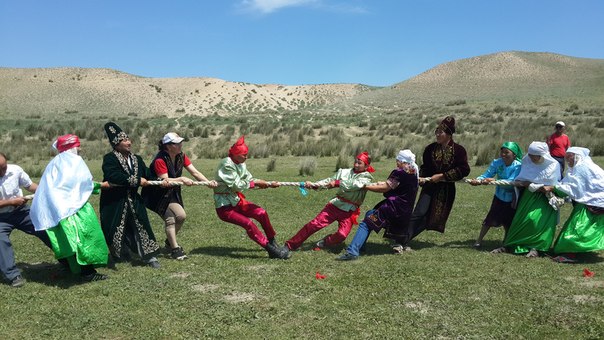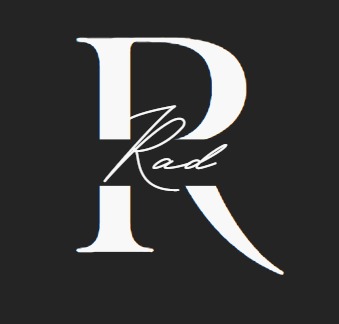
Kazakhstan
Holidays
Tradition
Kazakh national games
Nauryz(21-23 March):
In Kazakhstan, spring crowds out winter and fully comes into its own on March 21 - it is on
this special day that the bright holiday of Nauryz is celebrated, which marks not only the
spring equinox, but also the renewal of nature. Nauryz in Kazakhstan symbolizes fertility,
friendship and love. On this day, people dress smartly, go to visit family and friends and
say good wishes. For the eastern peoples, Nauryz is the same as the New Year, because both
holidays are considered the harbingers of new life.
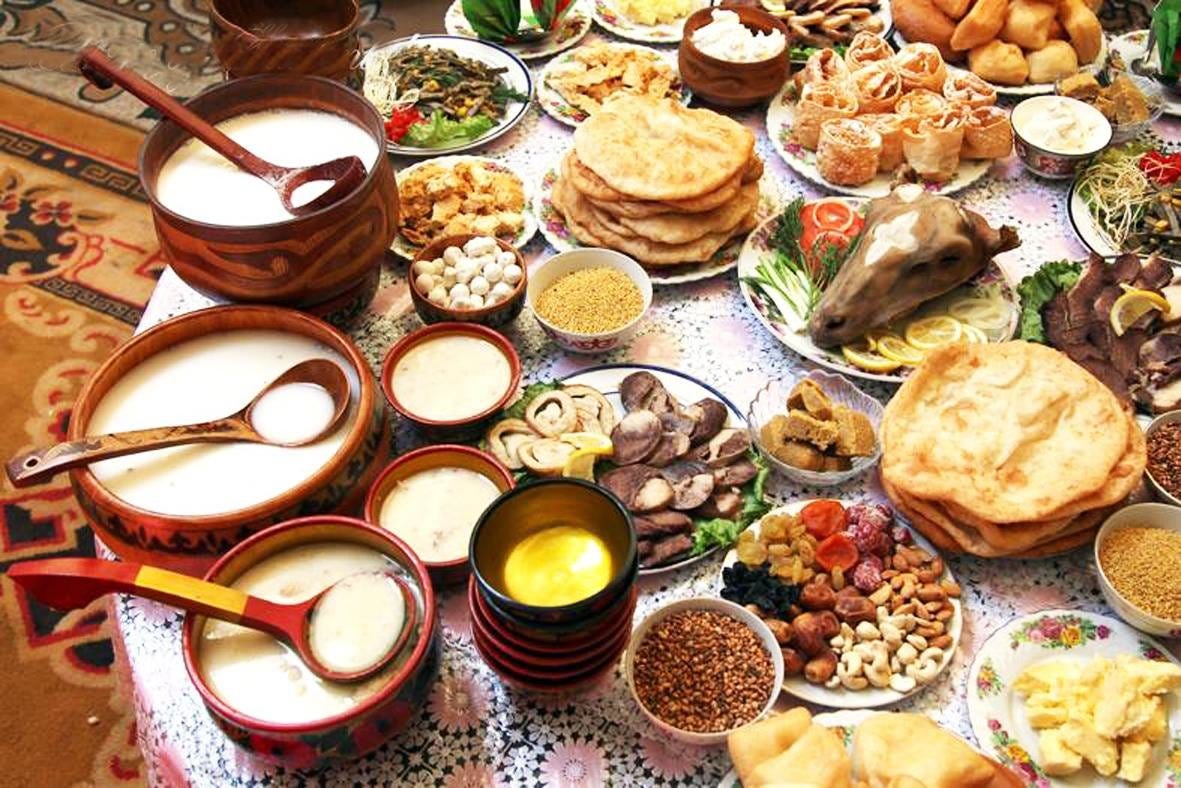
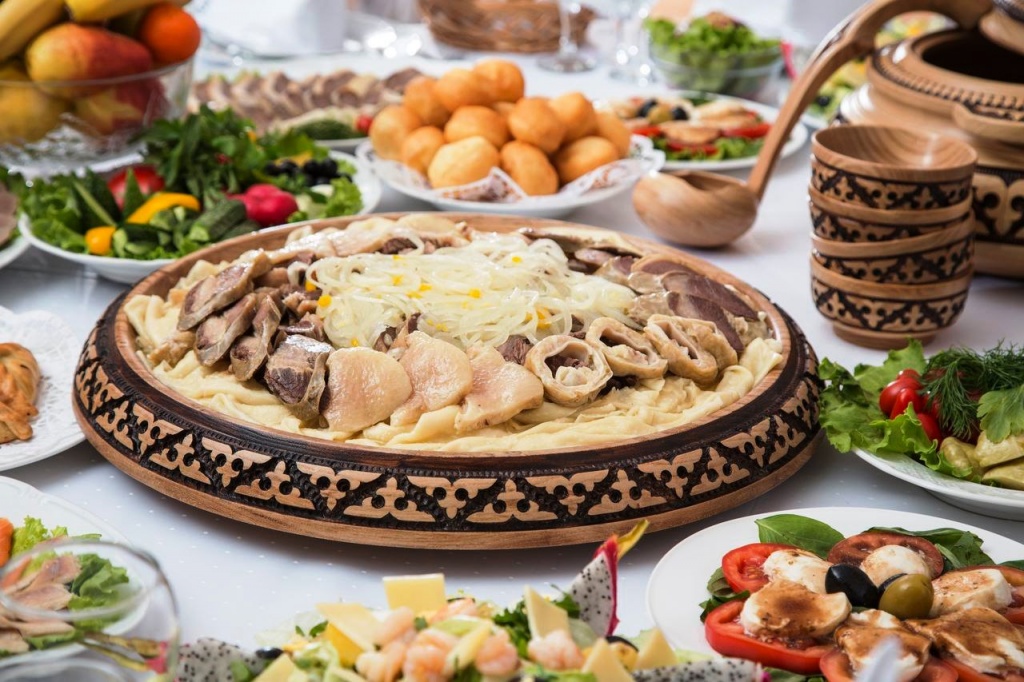
The Holiday of the Unity of the People of Kazakhstan:
The Holiday of the Unity of the People of Kazakhstan is a public holiday in Kazakhstan,
celebrated annually on May 1.
According to political figures in Kazakhstan, the preservation of interethnic and
interreligious harmony is one of the policy priorities.

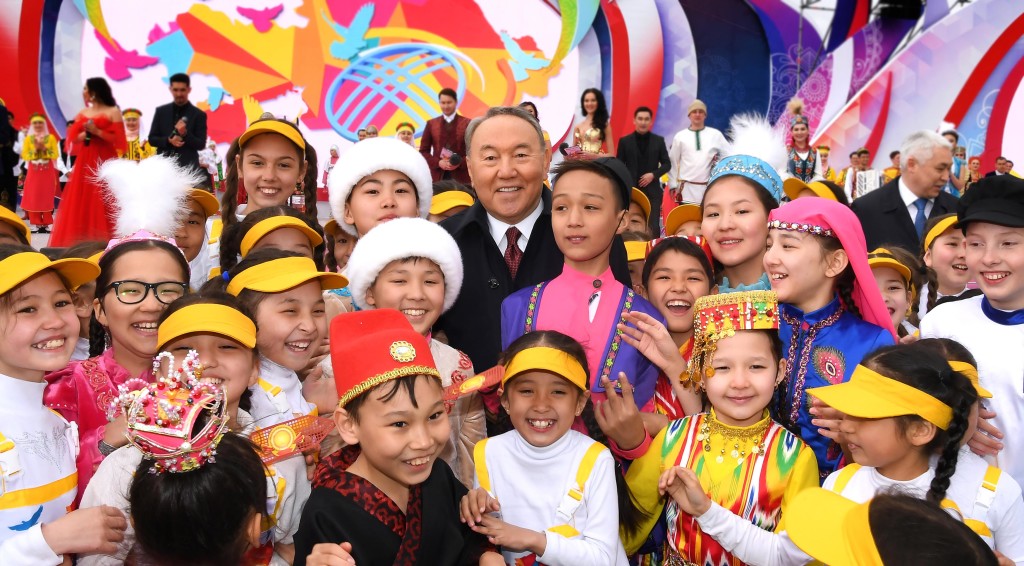
Republic Day:
Republic Day (kz:Республика күні) is a national holiday of the Republic of Kazakhstan,
celebrated in
Kazakhstan annually on October 25. It was established as a national holiday by decree of the
President of Kazakhstan Nursultan Nazarbayev in 1995.

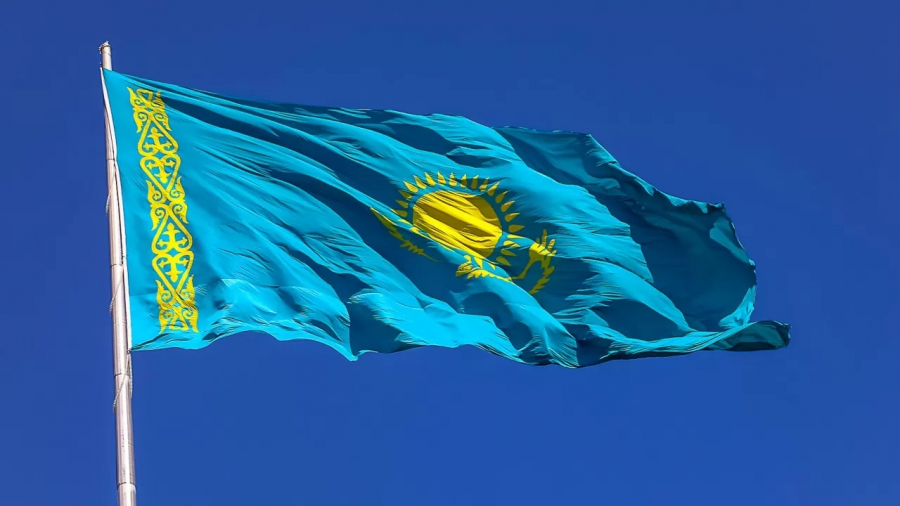
The Constitution of the Republic of Kazakhstan:
The Constitution of the Republic of Kazakhstan is the fundamental law of Kazakhstan. The
current Constitution of the Republic of Kazakhstan was adopted in a popular referendum on
August 30, 1995, as amended on June 5, 2022.
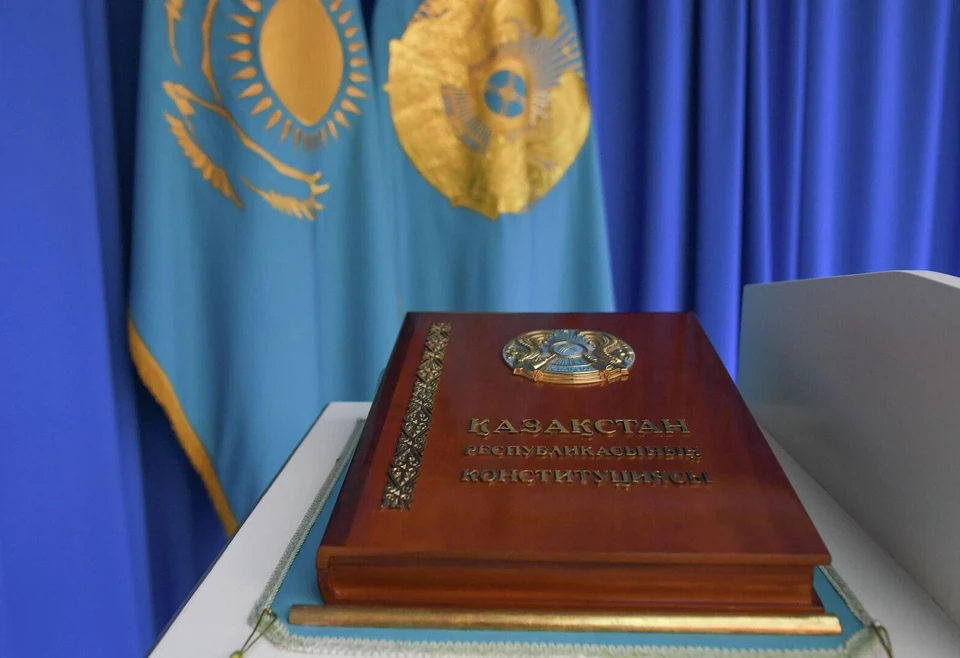
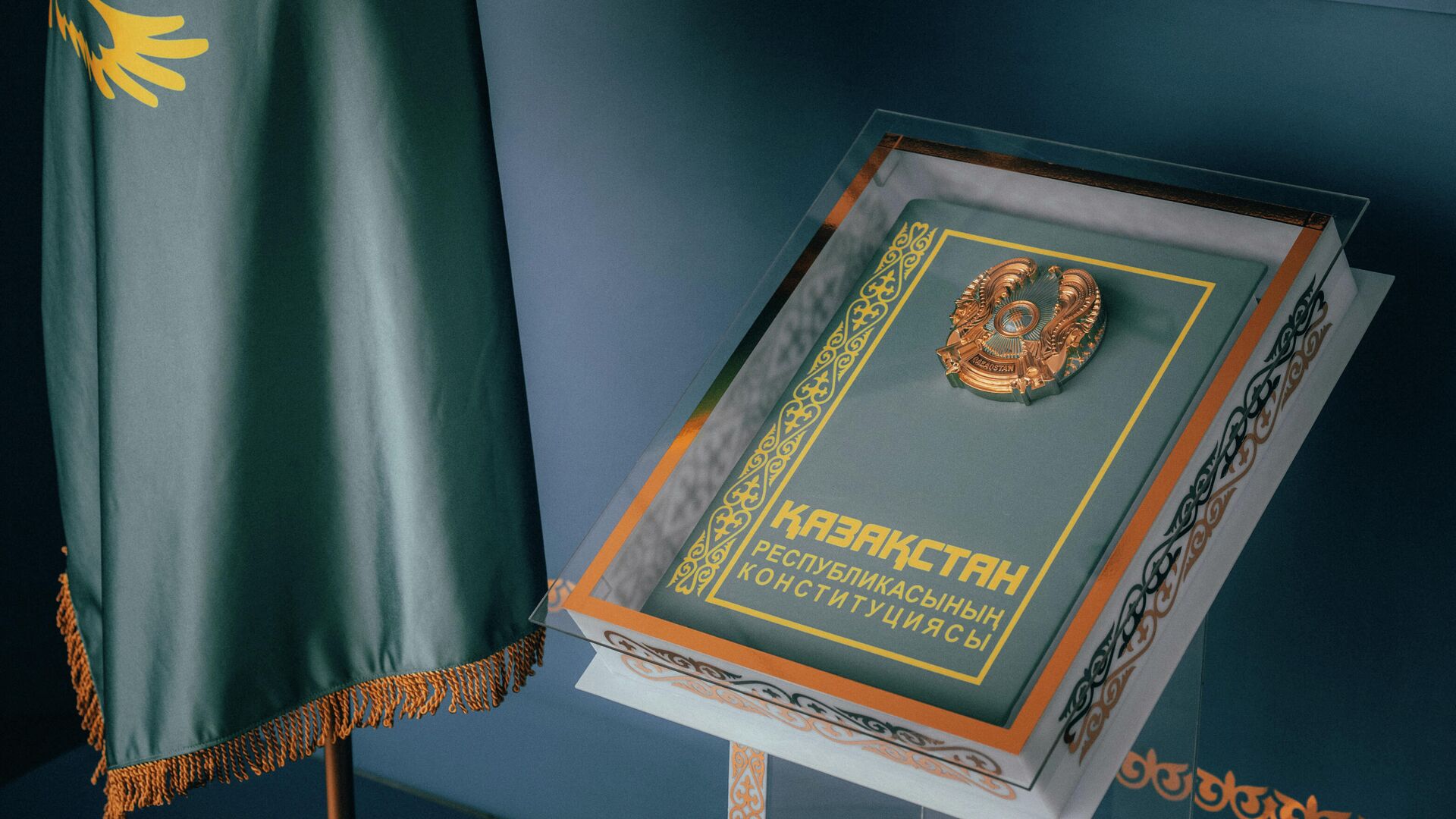
Independence day:
On December 16, the state independence of the Republic of Kazakhstan was proclaimed.
In 1991, the USSR collapsed, and the countries of the Union became independent states.
Kazakhstan was among them. On December 16, 1991, the Supreme Council of Kazakhstan adopted
the law “On Independence and State Sovereignty.” It should be noted that Kazakhstan was the
last among the USSR countries to adopt the Independence Law.
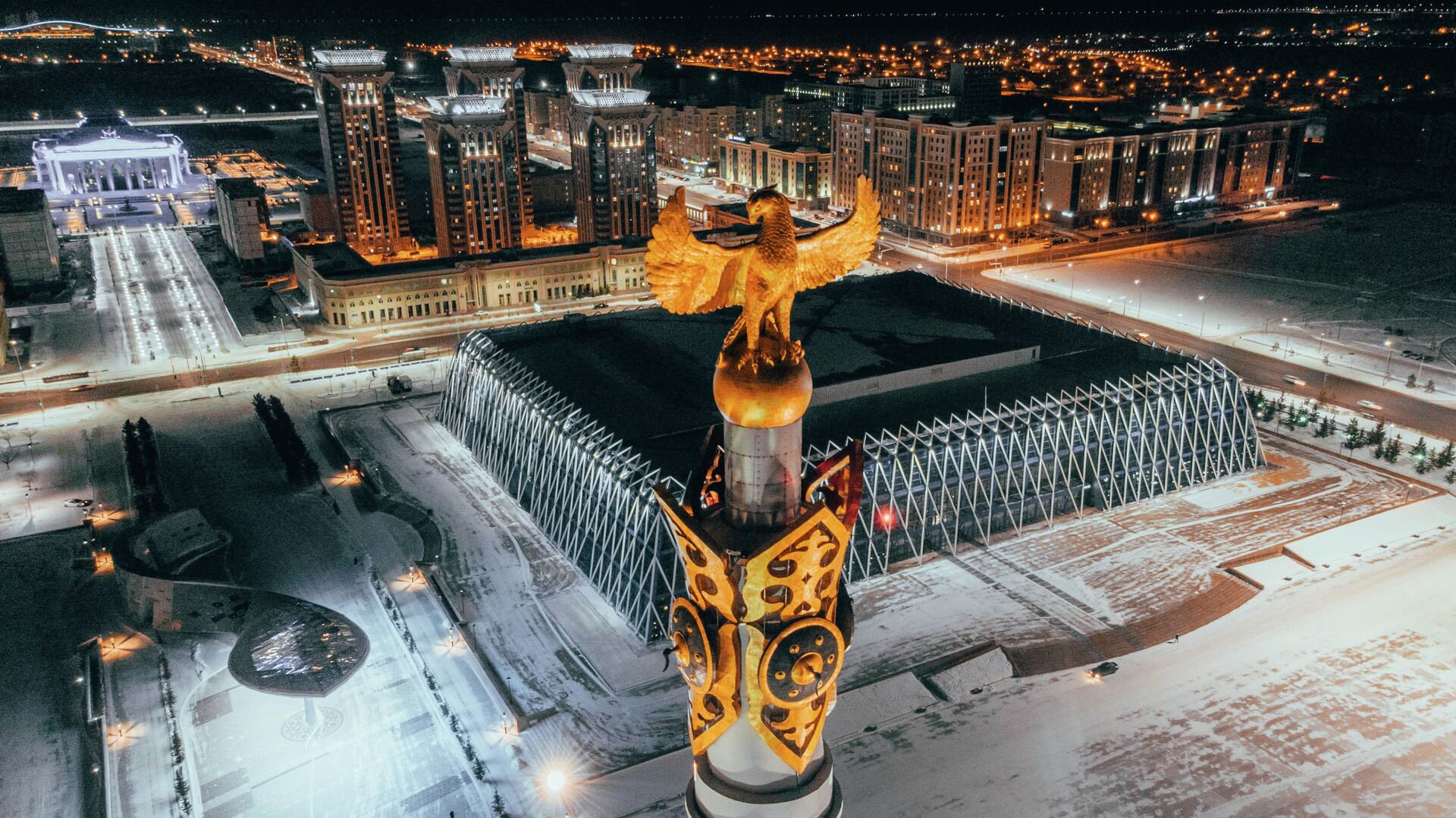

Betashar:
Betashar(kz:Беташар, бет-Face, ашар-opening) is a ritual of introducing the bride to her
husband’s relatives.
During the ceremony, the bride is led by the hands of her daughters-in-law and young women
of good reputation. One of the ends of the bedspread is attached to the dombra and the
improvising singer (zhyrshy) begins to perform “betashar zhyry”, simultaneously introducing
the bride to her husband’s parents and relatives.
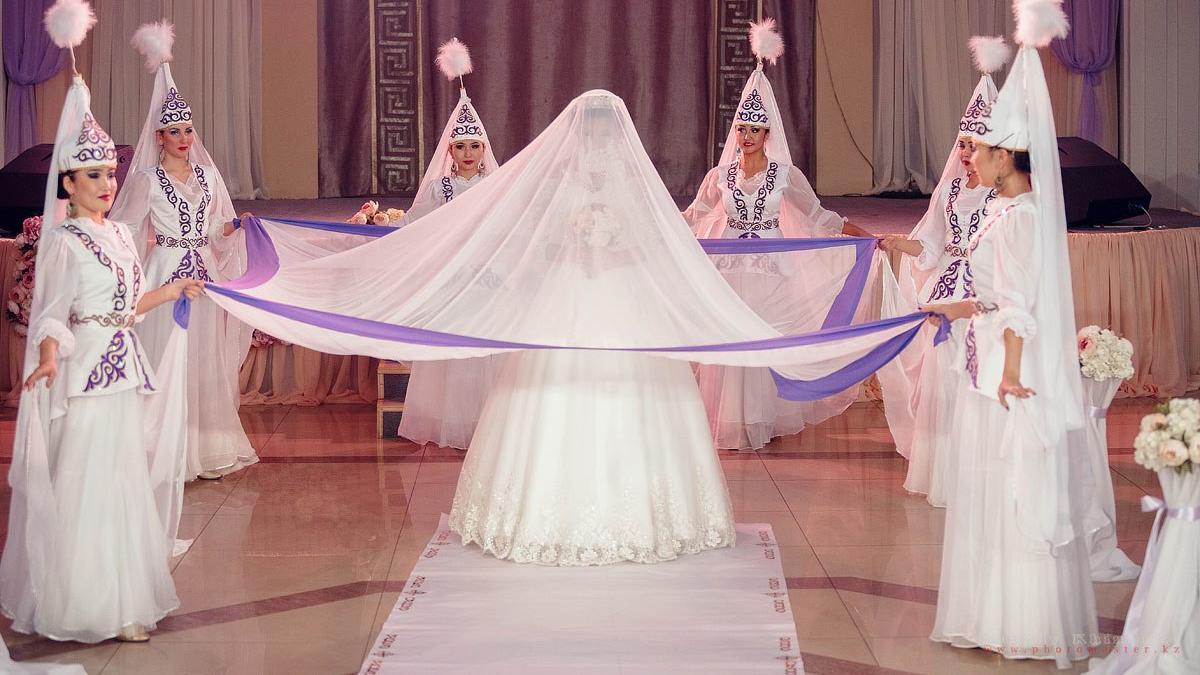

Shildekhana:
Shildekhana is a holiday in honor of the birth of a child. It is celebrated in the first
week of a baby's life on an odd numbered day - the third, fifth or seventh. Everyone is
notified of the good news and invited to attend. According to tradition, only young people
participate in the holiday.


Kalzha toi:
Kalzha toi is a feast dedicated to a woman in labor. In order for a young mother to recover
faster after childbirth, a hearty meal is prepared for her from tender lamb meat. Kalzha toi
is made by the husband of the woman in labor or his relatives.


Besik toy:
Besik toy - the ritual of transferring a baby into a cradle - besik. When is besik toy made?
This ritual is performed after the birth of a baby, writes the Assembly of the People of
Kazakhstan. But already after shieldekhan on the third or fifth day.

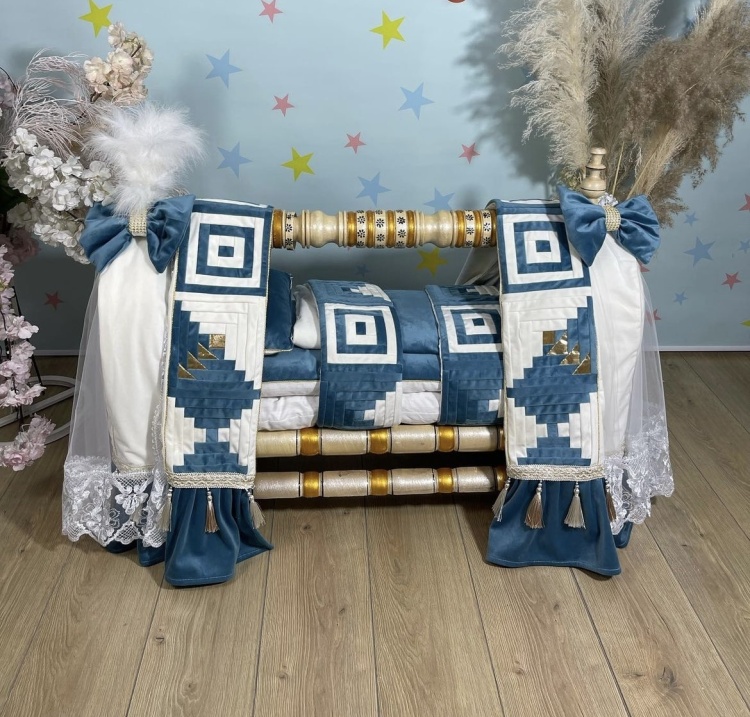
Kyrkynan shygaru:
Kyrkynan shygaru - ‘the holiday of forties’. It is believed that from the 40th day a child
can be shown to people, he is already less vulnerable to evil forces, a human soul is
infused into him. This holiday was celebrated and the ritual of ablution was not performed
on the 40th day. For a boy - on days 37–39, so that he grows up strong and courageous. For a
girl - on days 41–43, so that she is caring.
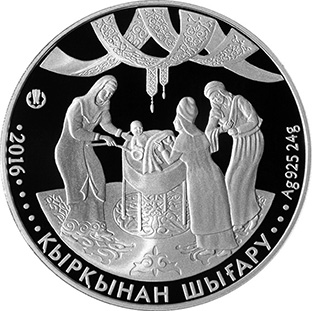
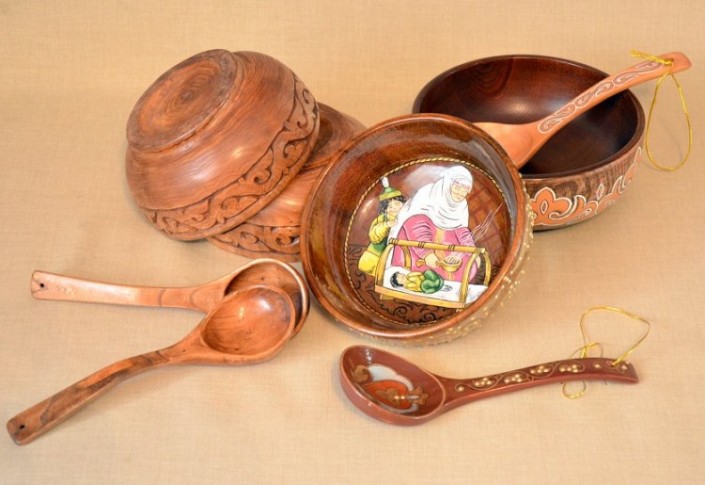
Kyz kuu:
Kyz kuumai (catch up with the girl) is a national equestrian game in Kazakhstan and
Kyrgyzstan. It involves boys and girls who compete in pairs on horses of half-bred breeds.
In the first half of the game, a young man chases a girl and if he catches up, he kisses
her; in the second half of the game they switch places. The girl strives to catch up with
her partner and, if successful, hits him with a whip. The race distance is 400-500 m. At the
end of the distance, a flag is installed indicating the turning control point. The girl
takes the start two horses ahead.
The skill of the game (for individual or team championship) is assessed on a five-point
system, taking into account three criteria - the art of horsemanship, the artistry (beauty)
of the performance and the agility of the race. Participants perform in colorful national
costumes on horses of the same suit, spectacular in appearance, thanks to which the
spectacular side of the competition greatly benefits.

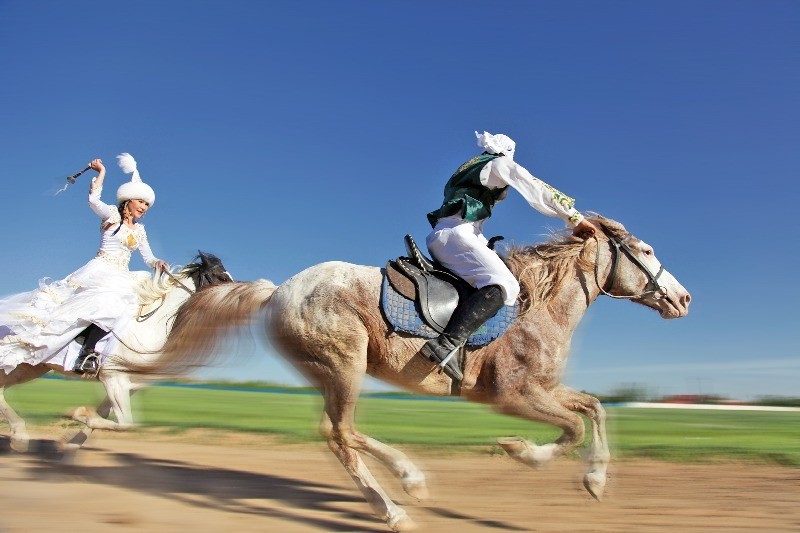
Altybakan:
“Altybakan” is a Kazakh national game, entertainment for young people. However, traditional
moments of educational significance are of no small importance. In the evening, all the
youth of the village, boys and girls, build an “altybakan” behind the village (alty - six,
bakan - a tall log). The game is of great importance in understanding art, the views of
young people, and their relationships. Parents look at various entertainments of young
people with indignation, and they do not have the right not to let go of “altybakan”
(especially girls). Here young people sing songs, play various games, and this fun continues
until midnight. “Altybakan” is a kind of entertaining leisure activity.
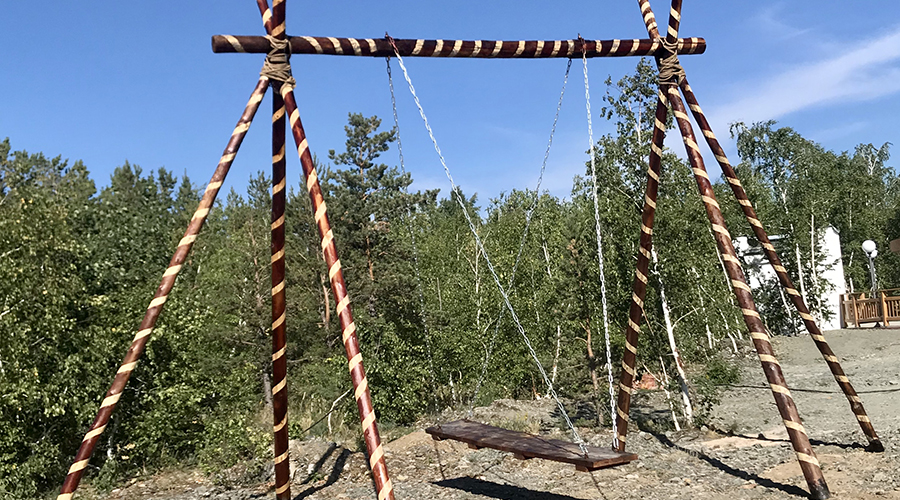

Kokpar:
Boys from villages neighboring the pasture took part in the Kazakh national game kokpar.
This competition was a test of strength, agility, accuracy, and ability to stay in the
saddle. On the day of the competition, all participants and spectators gathered on the
field. At a distance of 10-20 meters, the carcass of a ram was thrown at the competitors.
Thus began the struggle for kokpar, which could last until the evening.
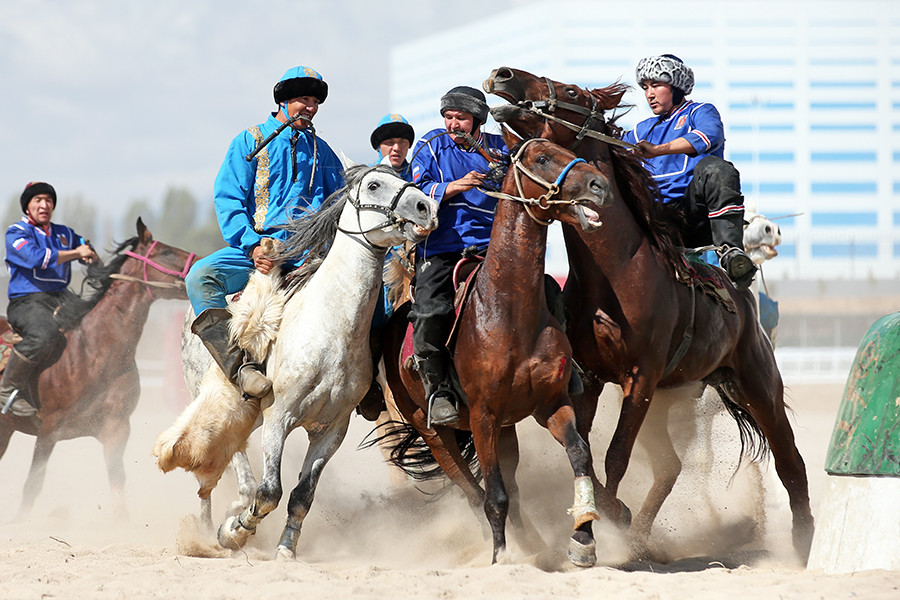

Asyk:
The goal of the game is to throw your cue ball and knock out the players’ alchiki, placed in
a circle. The one who manages to do this takes the knocked out asyk for himself. The game
continues as long as the asyks remain at stake. In addition, each participant in the game
must have his own cue ball (saka). For greater stability, the “saka” is usually filled with
lead. And among the khan’s and sultan’s children, the “saka” was even filled with gold.
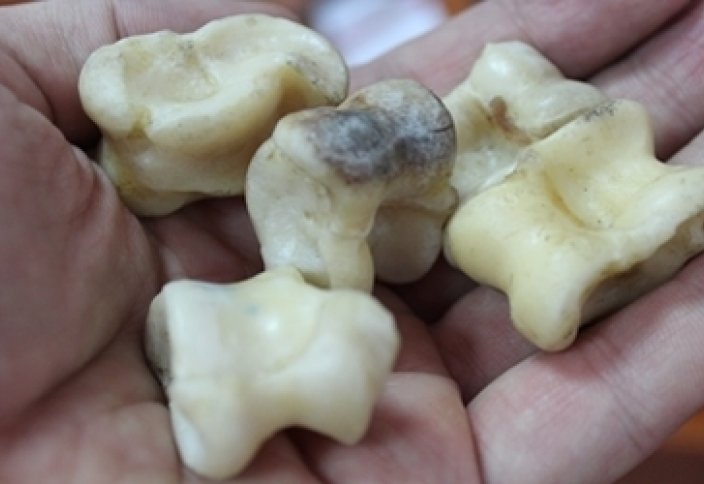
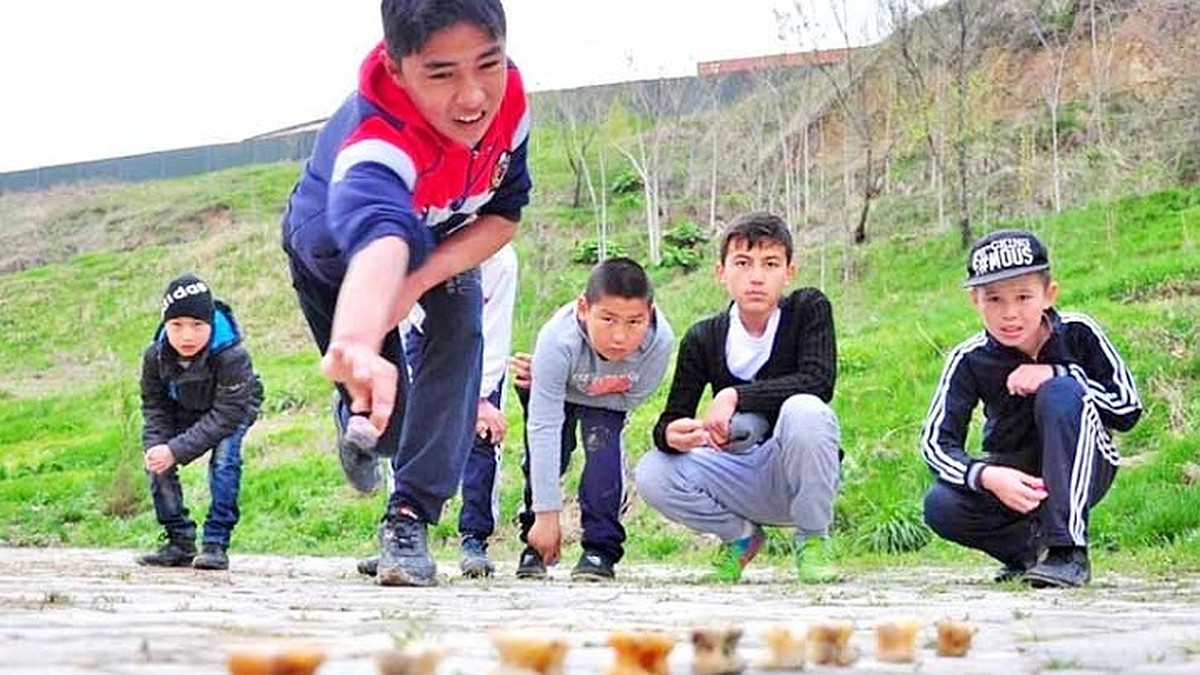
Arkan tartu:
“Arkan Tartys” is a Kazakh national game of tug of war, where the players are divided into
two teams. A rope is placed in the middle of the platform, the middle of the rope is marked
with a ribbon, and under the middle of the rope is drawn across the line.

